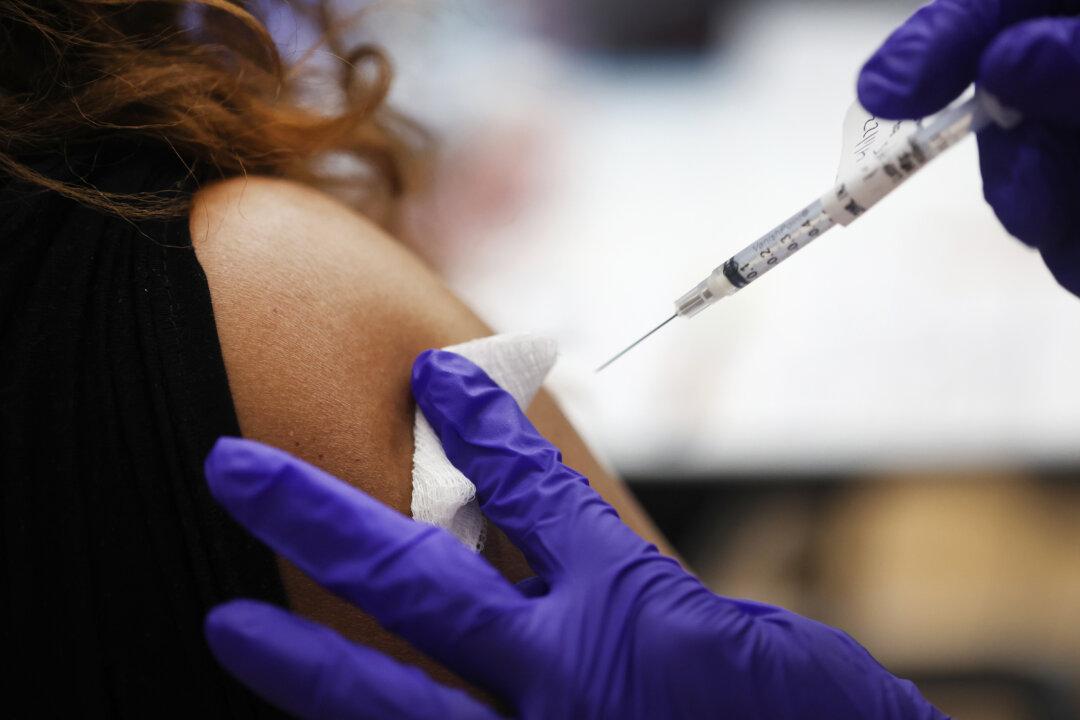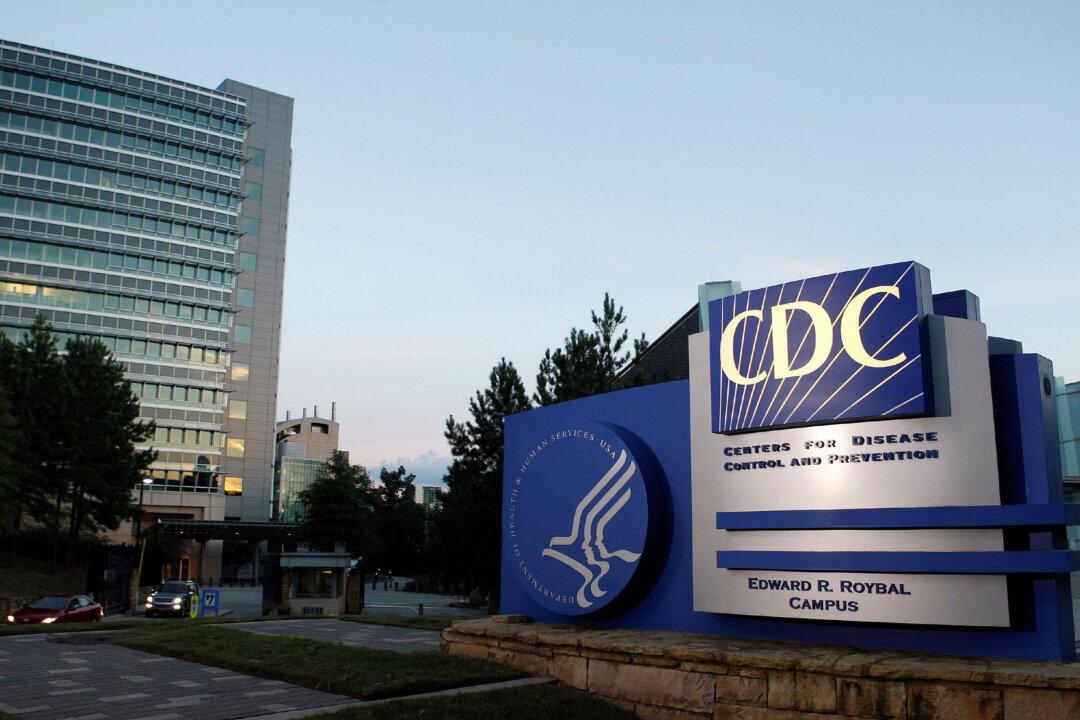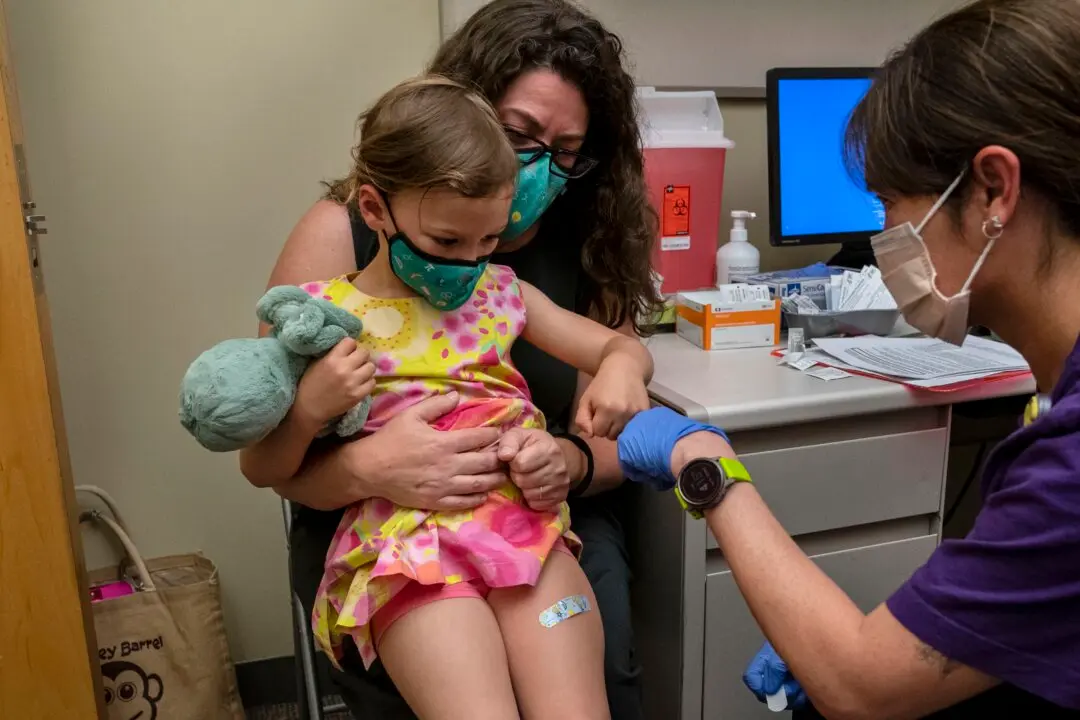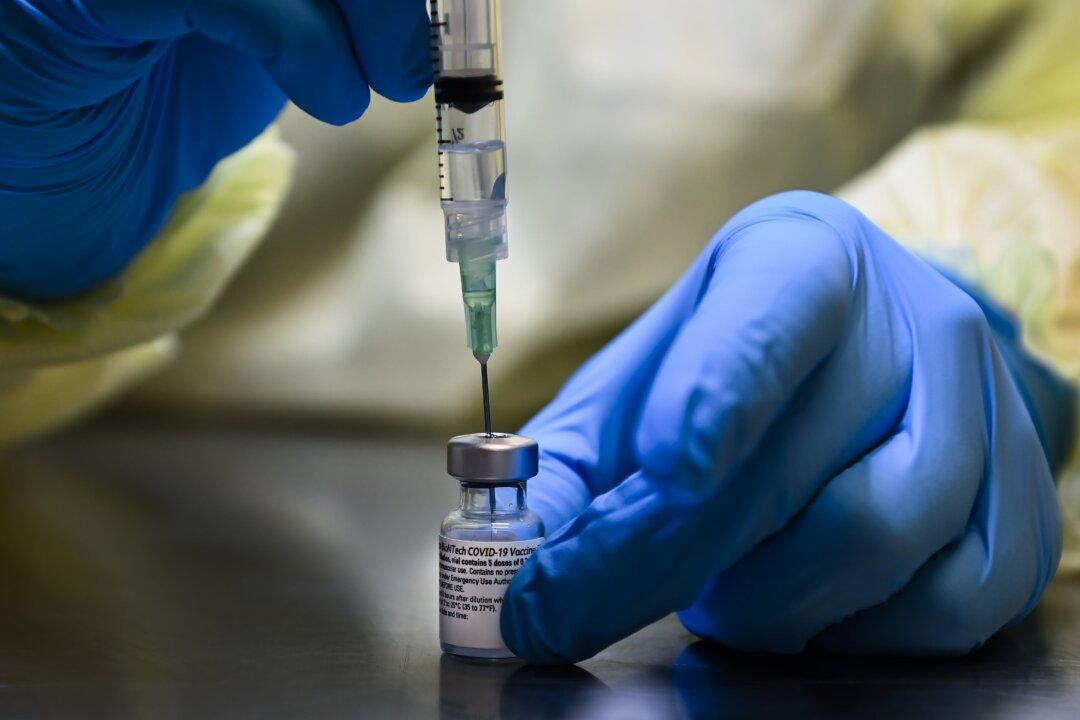Schools may soon be able to test their staff and students for COVID-19 and get results in a matter of minutes as the first antigen rapid test gets distributed mid-September to governors in every state.
The Trump administration’s recent purchase of 150 million Abbott Laboratories’ rapid tests will be sent to governors to “support opening of K-12 schools, daycare, and critical infrastructure,” Assistant Health Secretary Admiral Brett Giroir told reporters in a call on Sept. 1. It will be up to each governor or the local public health officials to decide how the tests will be used.






